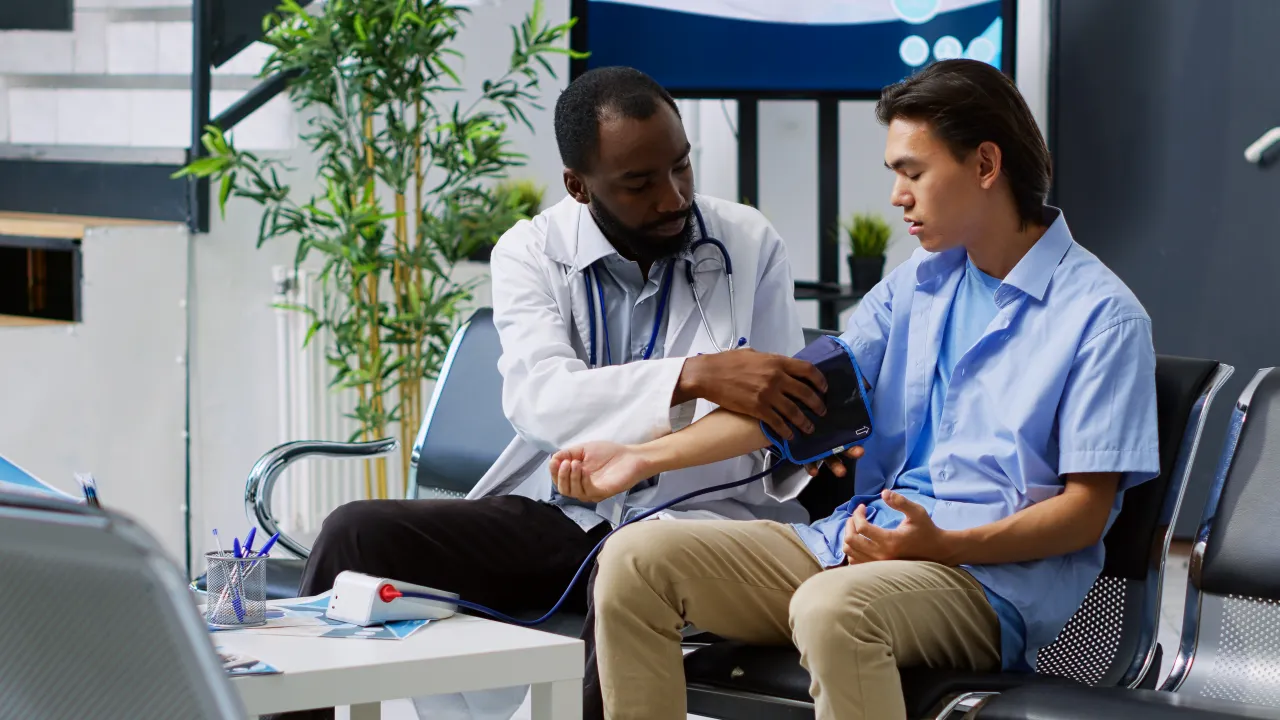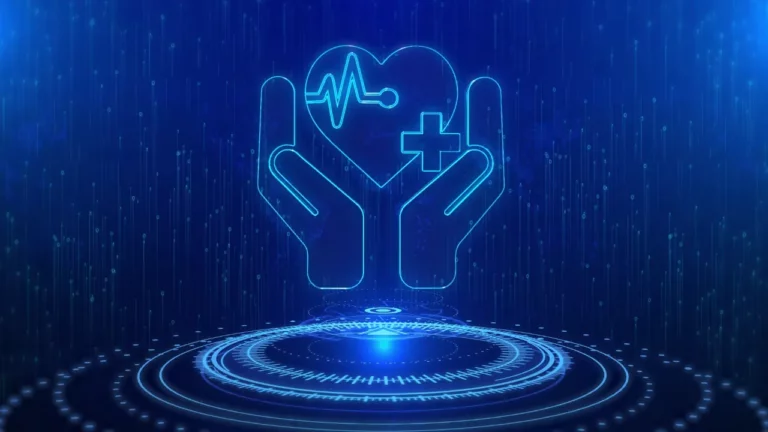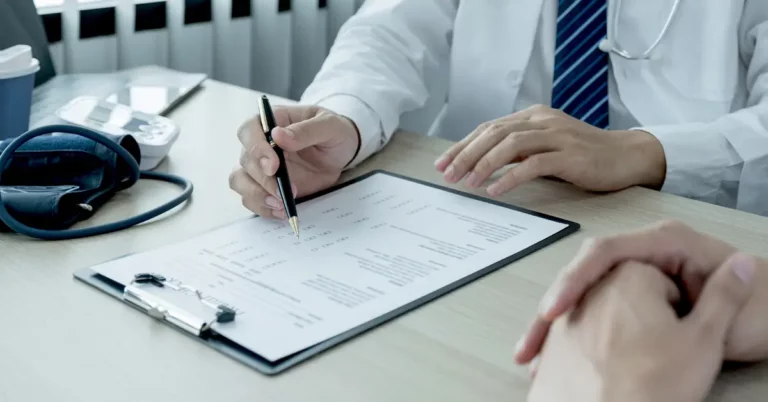Hypertension, commonly known as high blood pressure, is a prevalent condition that can lead to severe health complications if not adequately managed. The advent of remote monitoring technologies offers a revolutionary approach to managing hypertension, providing patients and healthcare providers with tools to improve blood pressure control effectively.
Remote Monitoring for Hypertension
Remote monitoring involves the use of digital technologies to monitor patients’ health metrics outside traditional clinical settings. This approach has shown significant promise in hypertension management, allowing continuous tracking and timely interventions. According to the World Health Organization (WHO), approximately 1.28 billion adults between the ages of 30 and 79 around the globe suffer from hypertension, with the majority (two-thirds) residing in low- and middle-income nations. By leveraging connected devices, patients can measure their blood pressure regularly, with data transmitted to healthcare providers in real-time.
According to the National Institutes of Health (NIH), when combined with a variety of interventions like motivation, lifestyle suggestions, or adjusting antihypertensive medication, using remote monitoring to help manage hypertension in the population has shown better more effective than managing it in an office setting: After 90 days, 71% of patients managed digitally achieved control of their hypertension compared to 31% of patients who received standard care.
Benefits of Remote Monitoring
Enhanced Patient Engagement and Compliance
Remote monitoring fosters greater patient engagement by empowering individuals to take an active role in their health management. With easy-to-use devices and applications, patients can monitor their blood pressure daily, gaining insights into how lifestyle changes impact their condition. This continuous engagement often leads to better compliance with treatment regimens.
Real-Time Data and Timely Interventions
One of the critical advantages of remote monitoring is the provision of real-time data. Healthcare providers can receive alerts about abnormal readings, enabling timely interventions. This immediacy can prevent complications and reduce the need for emergency care, ultimately improving patient outcomes.
Personalized Treatment Plans
The detailed data collected through remote monitoring allows for the customization of treatment plans. Healthcare providers can adjust medications and lifestyle recommendations based on the patient’s unique patterns, enhancing the effectiveness of hypertension management. This personalized approach ensures that patients receive care tailored to their specific needs.
Key Components of Remote Monitoring Systems
Connected Blood Pressure Monitors
Modern blood pressure monitors are designed to be user-friendly and accurate. These devices connect to smartphones or tablets via Bluetooth or Wi-Fi, automatically transmitting readings to healthcare providers. The integration with digital health platforms ensures seamless data flow and easy access to historical data for trend analysis.
Mobile Health Applications
Mobile health applications serve as the interface between patients and healthcare providers. These apps not only record and transmit blood pressure readings but also offer features like medication reminders, educational resources, and communication tools. By providing a comprehensive health management platform, these apps enhance the overall patient experience.
Data Analytics and Artificial Intelligence
Advanced data analytics and AI play a crucial role in remote monitoring systems. These technologies analyze the collected data to identify trends, predict potential health issues, and provide actionable insights. AI-driven algorithms can offer predictive analytics, helping healthcare providers anticipate complications and adjust treatment plans proactively.
Challenges and Solutions in Remote Monitoring for Hypertension
Data Security and Privacy Concerns
The transmission and storage of health data raise significant security and privacy concerns. Ensuring robust encryption and compliance with regulations like HIPAA is essential to protect patient information. Implementing strict access controls and regular security audits can mitigate these risks, ensuring the integrity and confidentiality of health data.
Conclusion
Remote monitoring for hypertension offers a promising approach to improving blood pressure control by providing continuous, real-time data and fostering better patient engagement. By enabling early intervention, personalized treatment adjustments, and closer collaboration between patients and healthcare providers, remote monitoring has the potential to enhance outcomes and reduce the risks associated with unmanaged hypertension. As technology continues to advance, embracing remote monitoring solutions will be crucial in addressing the global burden of hypertension and promoting overall cardiovascular health.
Take control of your heart health today with DrKumo advanced remote monitoring solutions. Get started on your journey to better blood pressure control!








